Thinking about making a career change? Maybe you’re looking to switch industries, find a role with more flexibility, a more interesting job💰, or finally chase a long-time passion. A career transition can feel overwhelming, and there is always a feeling that we are late.
The truth is that, with the right strategy, it does not have to be chaos.
A career pivot is about uncertainty, questions, and fear—but also it’s about planning, upskilling, and making intentional moves. To help you navigate this transition, here’s a step-by-step guide to building a solid roadmap for your next big step.
1. Define Your “Why”
Sometimes we know that we don’t want to keep doing what we’re doing, but we don’t know exactly what we want to do. No worries—almost everyone has been there. Before jumping into job listings, take a step back and ask yourself:
✅ What’s pushing me toward this change? (Lack of growth, industry shifts, work-life balance, or a more lucrative job?) It’s not the same to be tired of a company but not your role—and vice versa.
✅ What excites me about my new path?
✅ What skills do I already have that are transferable? You want to be a designer but have been working as a Customer Success Specialist for 5 years? Well, communication is something that even top designers struggle with—and you’ve been doing it daily with frustrated users, messy feedback, and real-time problem solving.
You already know how to translate complex issues into clear solutions. You’ve probably spotted patterns in user pain points, helped improve processes, and advocated for customers when no one else did. That’s UX gold.
Understanding your motivation will help you stay committed and make informed decisions.
📌 Example: Anna worked in finance but always had a passion for UX design. Instead of making an impulsive switch, she started by identifying her strengths in analytical thinking and problem-solving—both crucial for UX roles. This helped her transition more smoothly and with confidence.
2. Research & Map Out Your Path
Once you’re clear on your why, dig into the how.
✅ Look at job descriptions to understand required skills.
✅ Identify gaps—what do you need to learn? It could be a new tool, a new skill, or even a new way to apply it.
✅ Connect with people in your target industry.
✅ Research the job market—what industries are growing? Where are the opportunities?
Understanding the landscape of your new field will make your transition smoother and reduce uncertainty.
📌 Example: John, a marketing specialist, wanted to transition into data analytics. He followed industry leaders on LinkedIn, took online courses, and started applying his learning to small projects before making the leap. By the time he started applying for jobs, he had both theoretical knowledge and hands-on experience to showcase.
3. Upskill & Gain Experience (Even Before You Land the Job!)
You don’t always need a new degree. One of the biggest crises is about losing years of study in college—and mostly the need for more time to restart a new career. That’s not needed! Many career transitions happen through certifications, courses, or hands-on projects.
✅ Take online courses (Coursera, Udemy, LinkedIn Learning, Google Certifications).
✅ Volunteer for projects in your current job that align with your new career.
✅ Freelance or take on side projects to build experience.
✅ Join relevant online communities to learn from industry experts.
📌 Example: Jessica wanted to shift from customer support to product management. She started taking an Agile course, shadowed her company’s product team, and eventually landed an internal promotion. Her transition was smoother because she had already built experience in her new field.
4. Optimize Your Resume & LinkedIn Profile
Your experience is valuable, even if it’s not a direct match. Adapt your resume to highlight transferable skills and projects that showcase your capabilities.
✅ Rewrite your LinkedIn headline to reflect your career pivot.
✅ Highlight relevant skills and projects, even if they weren’t part of your official job.
✅ Use your “About” section to tell your career change story in a compelling way.
✅ Request recommendations from colleagues who can vouch for your skills.
📌 Example: David, a teacher transitioning to instructional design, rewrote his resume to focus on curriculum development, training experience, and technology use—all relevant to his new field. His LinkedIn profile reflected this shift, helping him get noticed by recruiters in his target industry.
5. Network With Intention
Most career changes happen through connections, not job boards. Start having conversations with people in your desired field.
✅ Reach out to industry professionals for virtual coffee chats.
✅ Attend webinars, industry meetups, or networking events.
✅ Engage with content in your new field on LinkedIn by commenting, sharing insights, and connecting with relevant people.
✅ Join LinkedIn and Slack groups related to your new industry.
📌 Example: Lara, a software developer looking to move into AI, started commenting on LinkedIn posts from AI professionals. She engaged in discussions, asked insightful questions, and shared relevant articles. That visibility led to a job referral within months, proving that networking isn’t just about who you know—it’s also about making yourself known.
6. Gain Hands-On Experience With a Side Project
One of the best ways to prove your capabilities in a new field is by doing the work before you get hired.
✅ Start a blog, build a portfolio, or create a case study. Yes! The project you developed for your friends or family counts.
✅ Offer free or low-cost services to gain testimonials.
✅ Participate in open-source projects if transitioning into tech.
✅ Create content on social media to establish credibility in your new field.
📌 Example: Brian wanted to become a copywriter but had no formal experience. He started a personal blog, rewrote website copy for small businesses, and created a portfolio. Within a few months, he landed freelance gigs that eventually led to a full-time role.
7. Take the Leap 🚀
At some point, you have to stop preparing and start applying! Impostor syndrome may creep in, but remember: every expert was once a beginner.
✅ Apply for roles that align with your skills—don’t wait until you feel “100% ready.”
✅ Prepare for interviews by practicing how you explain your transition.
✅ Be patient—career changes take time, but each step moves you forward.
✅ Keep track of your progress and adjust your strategy as needed.
📌 Example: Mark was a sales executive transitioning to HR. He applied for roles that required strong communication and people skills, even though he didn’t have direct HR experience. By positioning himself as a people-centric problem solver, he landed a role in HR consulting.
So…
A career change is about building a bridge between where you are and where you want to be. With the right strategy, patience, and persistence, you can transition into a role that aligns with your passions, strengths, and future goals. At the end of the day, its about taking risks, right?



